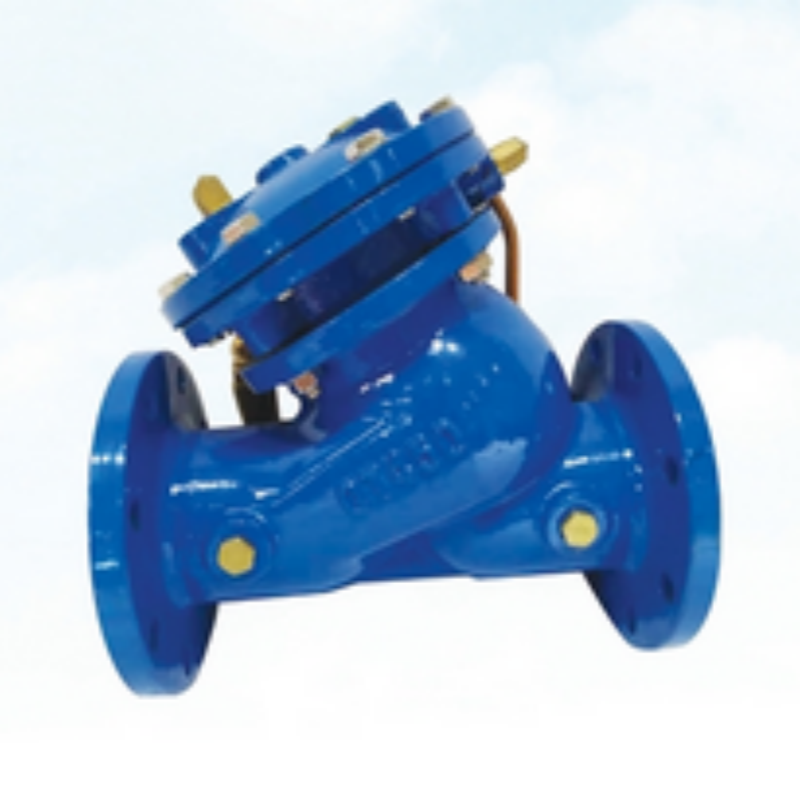Lis . 08, 2024 09:17 Back to list
Comparing Different Varieties of Gate Valves for Optimal Performance and Applications
Two Types of Gate Valves
Gate valves are essential components in various industrial and municipal applications, serving as on-off control devices in piping systems. They are designed to allow or restrict the flow of liquids and gases, making them crucial for maintaining the efficiency and reliability of fluid transportation. Among the different types of gate valves, two stand out due to their distinct characteristics and applications the wedge gate valve and the parallel gate valve.
Wedge Gate Valves
The wedge gate valve is the most common type found in industrial applications. It features a solid, machined wedge that fits tightly between two seating surfaces within the valve body. When the valve is opened, the wedge is lifted out of the flow path, allowing fluids to pass. The design of this valve is ideal for on-off service as it provides minimal resistance to flow in the open position.
One of the key advantages of wedge gate valves is their ability to handle high pressures and temperatures, making them suitable for use in a variety of challenging environments, including oil and gas, water supply, and power generation. Additionally, they provide an excellent seal when closed, preventing leakage and ensuring the integrity of the system. However, a disadvantage is that these valves may require a significant amount of time and space to operate fully, as they need to be completely opened or closed to perform effectively. This can sometimes be a limiting factor in systems where space is at a premium or where quick shutoff is necessary.
Parallel Gate Valves
two types of gate valves

On the other hand, parallel gate valves feature parallel seating surfaces instead of the angled seat seen in wedge gate valves. The design allows for linear movement of the gate, where the discs move upwards or downwards in a parallel direction. This unique configuration enables parallel gate valves to provide a tight seal with less resistance when closed, enhancing their sealing capabilities.
These types of valves are particularly advantageous in applications involving slurries, viscous fluids, or abrasive materials, as the parallel design helps reduce wear on the valve components. The equal distribution of pressure across the sealing surfaces minimizes the chances of deformation and ensures a longer service life. Moreover, parallel gate valves can generally be operated more quickly than wedge gate valves, making them suitable for systems requiring rapid flow control.
Despite their numerous benefits, parallel gate valves may not be the best choice in high-pressure scenarios due to their inability to handle extreme conditions as effectively as wedge gate valves. Furthermore, they may require more frequent maintenance to ensure that the sealing surfaces remain in optimal condition.
Conclusion
In conclusion, the choice between wedge gate valves and parallel gate valves ultimately hinges on the specific demands of the application at hand. Wedge gate valves excel in high-pressure and high-temperature environments, offering excellent sealing capabilities, while parallel gate valves provide versatility and quicker operation in systems handling challenging fluids. Understanding these differences is crucial for engineers and technicians when selecting the appropriate valve type for their piping systems. Proper implementation of the right gate valve can significantly enhance the operational integrity and reliability of fluid transport systems.
-
Welding Methods Used in Metal Table FabricationNewsJul.03,2025
-
Sustainable Materials in Silence Check Valve ManufacturingNewsJul.03,2025
-
Installation Guide for Cast Iron Y StrainersNewsJul.03,2025
-
How to Carve a Block of GraniteNewsJul.03,2025
-
Creating Customized Measurement PlatformsNewsJul.03,2025
-
Benefits of Using Granite Surface Plates in MachiningNewsJul.03,2025
Related PRODUCTS









